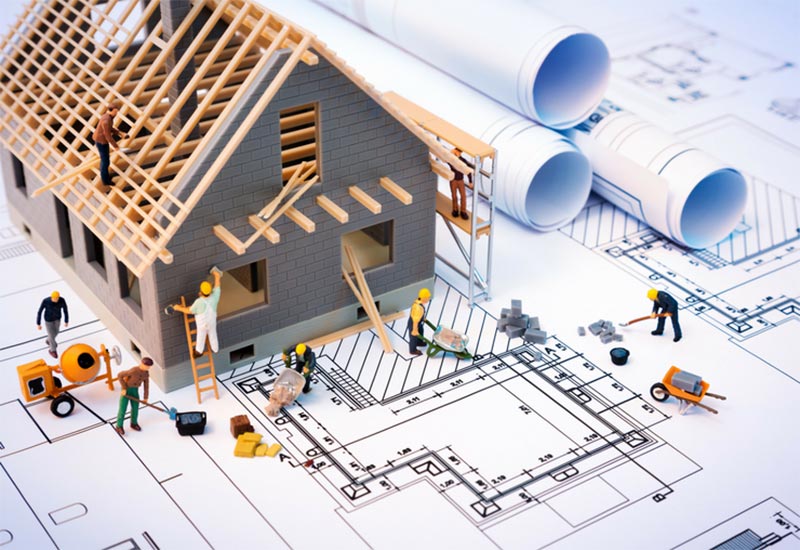Arnold’s Director Says Queensland Housing Still Strong
“Queensland housing construction is still strong despite a slowing in housing construction in Victoria and New South Wales” says Michael Arnold Director of Arnold Development Consultants. Queensland will lead the Australian residential construction recovery commencing in 2020 which will be very strong due to current dwelling stock deficiencies, government housing stimuli, loosening of credit rules by APRA, lowering interest rates and continued population growth. For further detailed information read on.
Written on the 29 July 2019 by David Simmons
According to BIS Oxford Economics a downturn in Australia residential building industry is ‘’already baked in”.
But fear not, it is only expected to last for about a year, and things will start looking up from mid-2020.
While the dip in the building market is on its way, the market analyst and economic forecaster says that it will still be higher than any prior cycle trough.
According to BIS Oxford Economics’ ‘building in Australia 2019-2034’report the real value of national building commencements contracted around 12 per cent in 2019/19 to $109.8 billion.
This downturn has not completed its course yet, with an additional eight per cent decline forecast for 2019/20, with the fall in residential building outweighing the growth expected in the non-residential sector.
According to the report, the combination of tougher lending practices and falling property prices has been a big hit to new property demand.
“FY2019/20 should represent the trough for total building, with a strong rebound anticipated from 2019/21 onwards as interest rate cuts, easing mortgage serviceability tests and first home buyer stimulus help facilitate a broad recovery” says Robert Mellor, Managing Director at BIS Oxford Economics.
“Total building activity is anticipated to climb near its previous peak over the coming five years.”
“Strong population growth, a rising national dwelling stock deficiency and housing stimulus are set to provide considerable support to the residential building and renovation sectors, while non-residential building is projected to remain elevated at a high bade over the medium term.”
Adding salt to the wound, the national rate of property turnover has dropped back considerably over the past two years, in line with falling house prices.
Buyer confidence is also shot following the banking Royal Commission.
But by mid-2020 BIS Oxford Economics expects things to start to pick back up.
A suite of stimulus measures are expected to positively flow through to new dwelling construction by facilitating credit availability, reducing barriers to entry and boosting confidence. All of this is expected to propel the next upswing.
“A now lower rate of dwelling completions, combined with a higher outlook for population growth, will exacerbate pent-up demand in the system, helping amplify these developments, “says Mellor.
Over the four years to 2023/24, given this pressure in the market, dwelling commencements are forecast to rise a cumulative 55 per cent to a peak f 236,650 in 2023/24. This new record level is projected to be the peak of the cycle.
“halfway through the residential downturn, our sights are now set on the recovering. The next pick up in new dwelling construction is expected to coincide with continued buoyant level of non-residential investment and a turn in mining investment,” says Mellor.
“Queensland and Western Australia are well positioned to lead the next residential upturn, ahead of New South Wales and Victoria.”
“A crisis of confidence surrounding build quality in the apartment market has the potential to weigh further on apartment construction over the short term, adding downside risk to the outlook.”
Source: Business News Australia “Why an Australian building industry downturn is inevitable”




